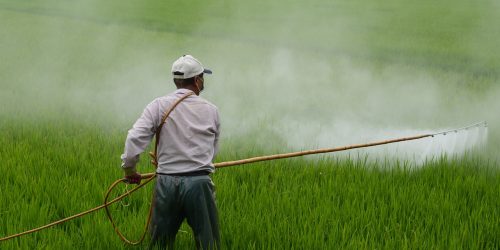Recently published in the Current Climate Change Reports, an article led by NOAA Global Monitoring Laboratory scientist Lori Bruhwiler, funded in part by CPO’s Atmospheric Chemistry, Carbon Cycle, and Climate (AC4) program, suggests a more active carbon dioxide (CO₂) cycle in high northern latitude ecosystems as a result of Arctic climate change. Climate change in the Arctic is more rapid than anywhere on Earth, with increasing surface temperatures, losses in snow and sea ice, and changing interaction between heat, ice, and water vapor. These changes will necessarily drive changes in the Arctic’s carbon budget through warming Arctic soils, which store an enormous amount of carbon; thawing permafrost, which evolves into wetlands; and increasing the frequency of fires. Evidence from long-term observations suggests increased uptake by boreal forests and Arctic ecosystems, as well as increasing respiration. No strong evidence currently indicates increased methane (CH₄) emissions. Understanding the changes in the Arctic carbon budget will be important for understanding future global climate change. Long-term observations of flux and atmospheric abundance are essential for advancing the understanding of changing carbon cycle budgets. Read the article »
How Will Arctic Climate Change Impact the Carbon Cycle?











